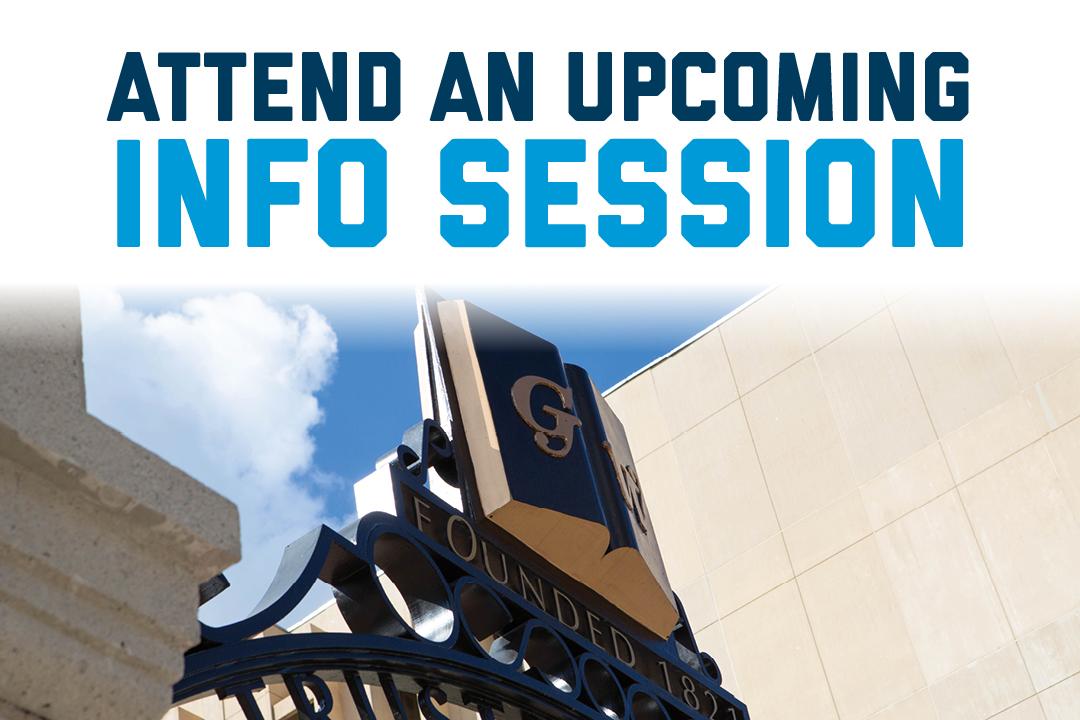Home
Investigators of the Human experience
Exploring human diversity from the past to the present
Who We Are
At its core, anthropology poses questions about the human experience: Where did we come from? How do we communicate? How did we organize into complex societies and what makes us different?
The GW Department of Anthropology navigates these and other questions through interdisciplinary undergraduate and graduate programs.
As the foremost comprehensive anthropology program in the Washington, D.C., metropolitan region, the department also hosts the Center for the Advanced Study of Human Paleobiology. We print 3D models in house for national museum exhibits and conduct research in 3,000 square feet of laboratory space. And we partner with the Koobi Fora Field School, the National Park Service and other internship and field sites around the world to offer students the opportunity to study anthropology up close.
Anthropology Info Session: January 26
Join us online for an information session discussing the field of anthropology and GW's graduate programs in anthropology and human paleobiology.
Core Focus Areas
In our classrooms and laboratories, and in museums and field sites around the world, our students enjoy rich learning and research experiences across the core areas of archeology, biological anthropology, linguistic anthropology and sociocultural anthropology. They work alongside world-class faculty examining the ancient ruins of early ancestors and relics of sunken slave ships; they are deciphering how humans first formed social networks and looking at the role of language in human thought; and they are even analyzing how cell phones are impacting our global culture, not to mention our daily lives.
Sign Up for Our Weekly Newsletter
"At the core of anthropology are real people’s lives. As anthropologists, we go into communities and spend time trying to understand lived experiences. We tell people’s stories. And we have an obligation to do it right."
Dr. Sarah E. Wagner
Associate Professor of Anthropology
Anthropology by the Numbers
3,000
Square feet of laboratory space in the state-of-the-art Science and Engineering Hall
120+
Years working with the Smithsonian Institution
50+
Partnerships with archaeological field sites, nature reserves, national parks and laboratories
3,000+
Texts, rare books, field notes, journals and electronic media on file









